The German U-Boat Menace of World War II
October 5th, 2024
10 minute read
Chicago’s Griffin Museum of Science and Industry (MSI) is unique in that it is one of the only surviving buildings from the 1893 World’s Columbian Exposition. Unlike most of the other structures that were meant to be temporary, it was constructed with a brick substructure, and it served as the Palace of Fine Arts — displaying paintings, prints, and sculptures from around the world.
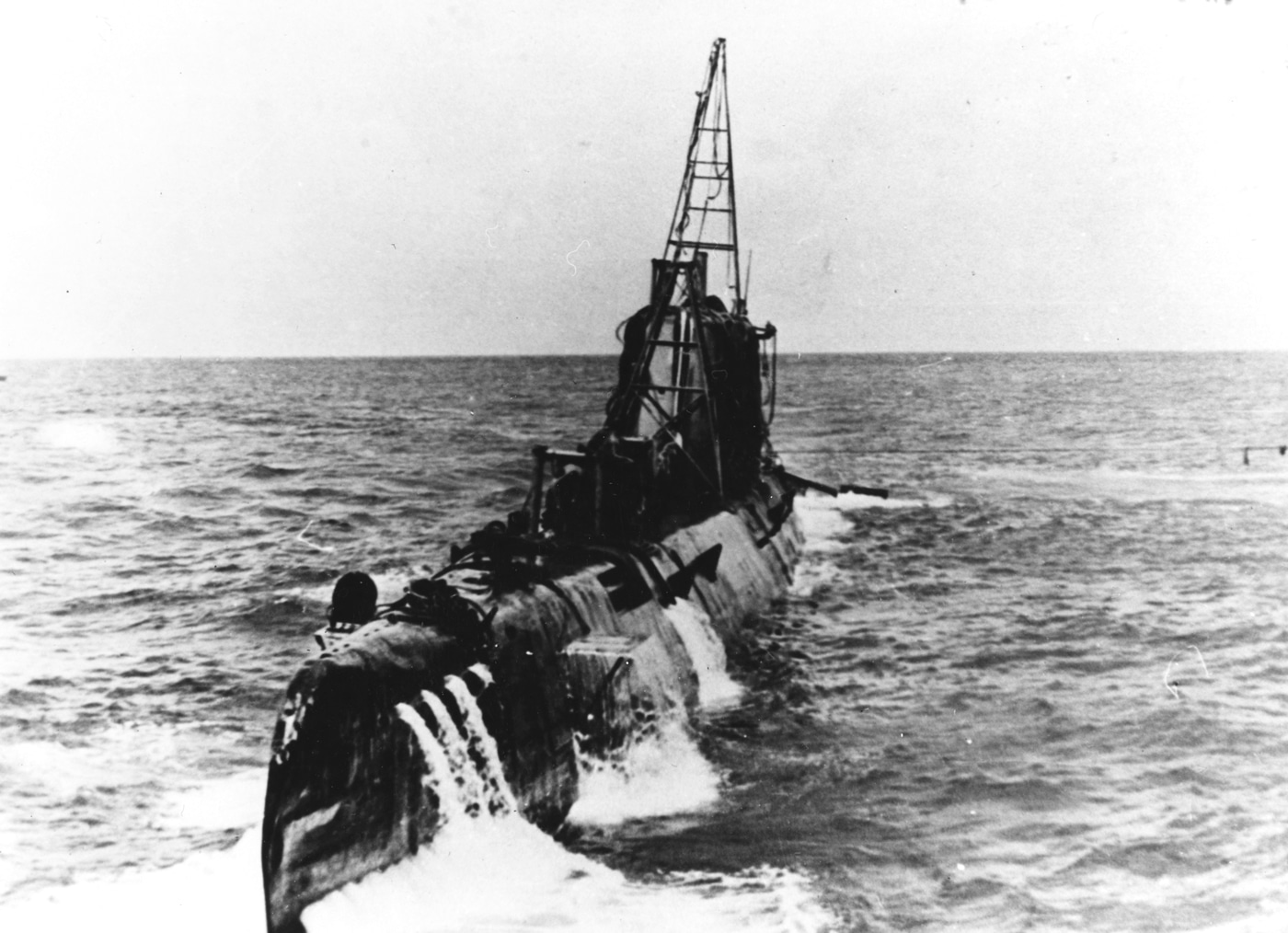
Today, it is also far more than a run-of-the-mill science museum, and its collection is vastly different than most. On exhibit are the command module of Apollo 8, a full-size replica coal mine, and the Pioneer Zephyr, the first diesel-powered stainless-steel passenger train.
While not a “military museum” by any means, its collection remains noteworthy for two attractions — the first being one of only two intact Junkers Ju 87 Stuka dive bombers from the Second World War, while the other is the U-505, one of just four German World War II U-boats maintained as museum ships.
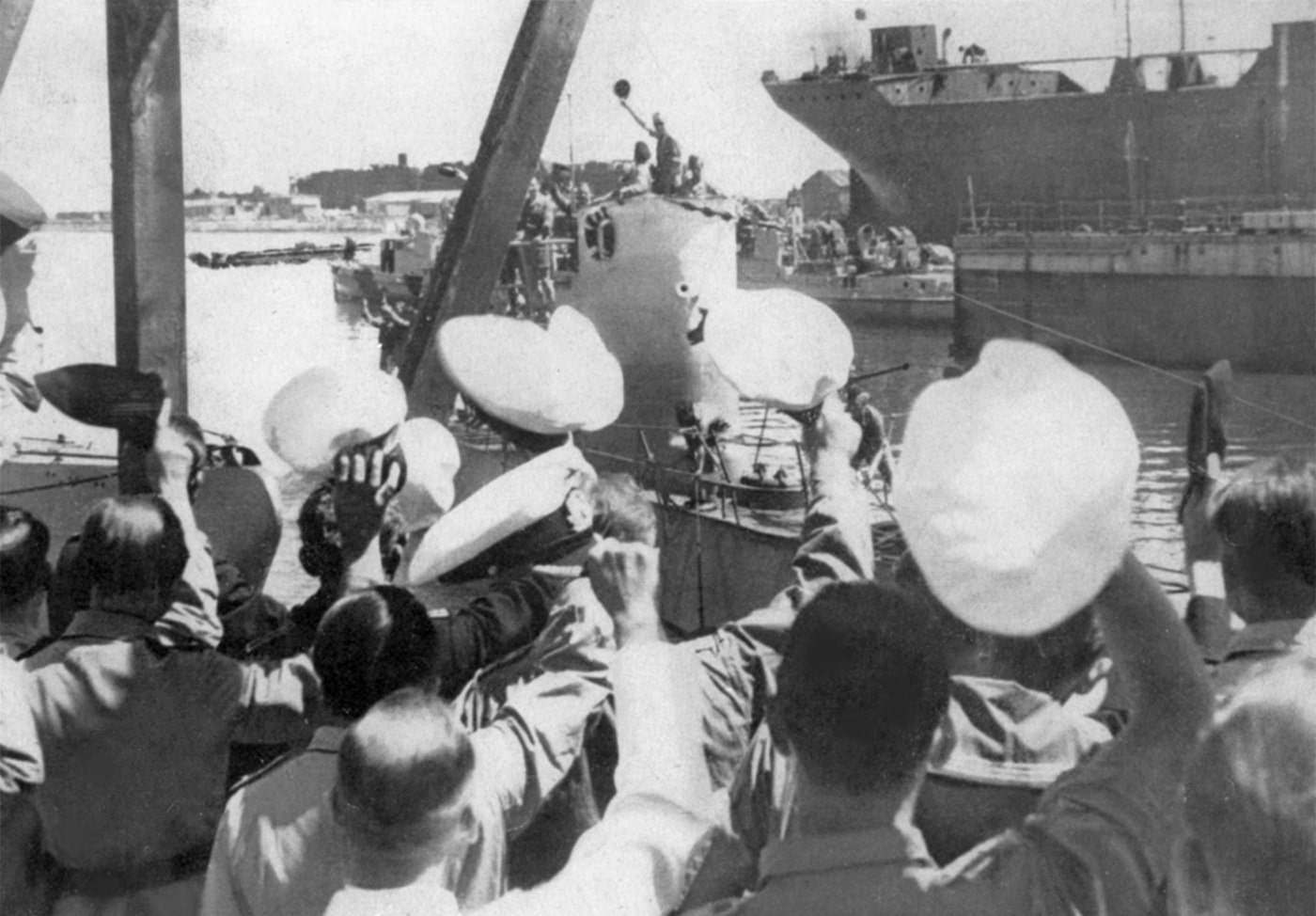
The fact that so few of the U-boats survived is noteworthy as Germany built 1,162 prior to and during the Second World War. A total of 785 were destroyed, while the remaining 377 were surrendered or scuttled. Some saw service after the war, but today just a small handful remain.
Rebirth of the U-boat Fleet
Germany was among the first nations to adopt submarines. The First World War had demonstrated the capabilities of the U-boat, and submarines in general. However, it could be argued that it took until late in the war for its role in naval warfare to be fully understood. Instead of combating an enemy fleet, it was determined that submarines could impact the war effort by targeting merchant shipping.
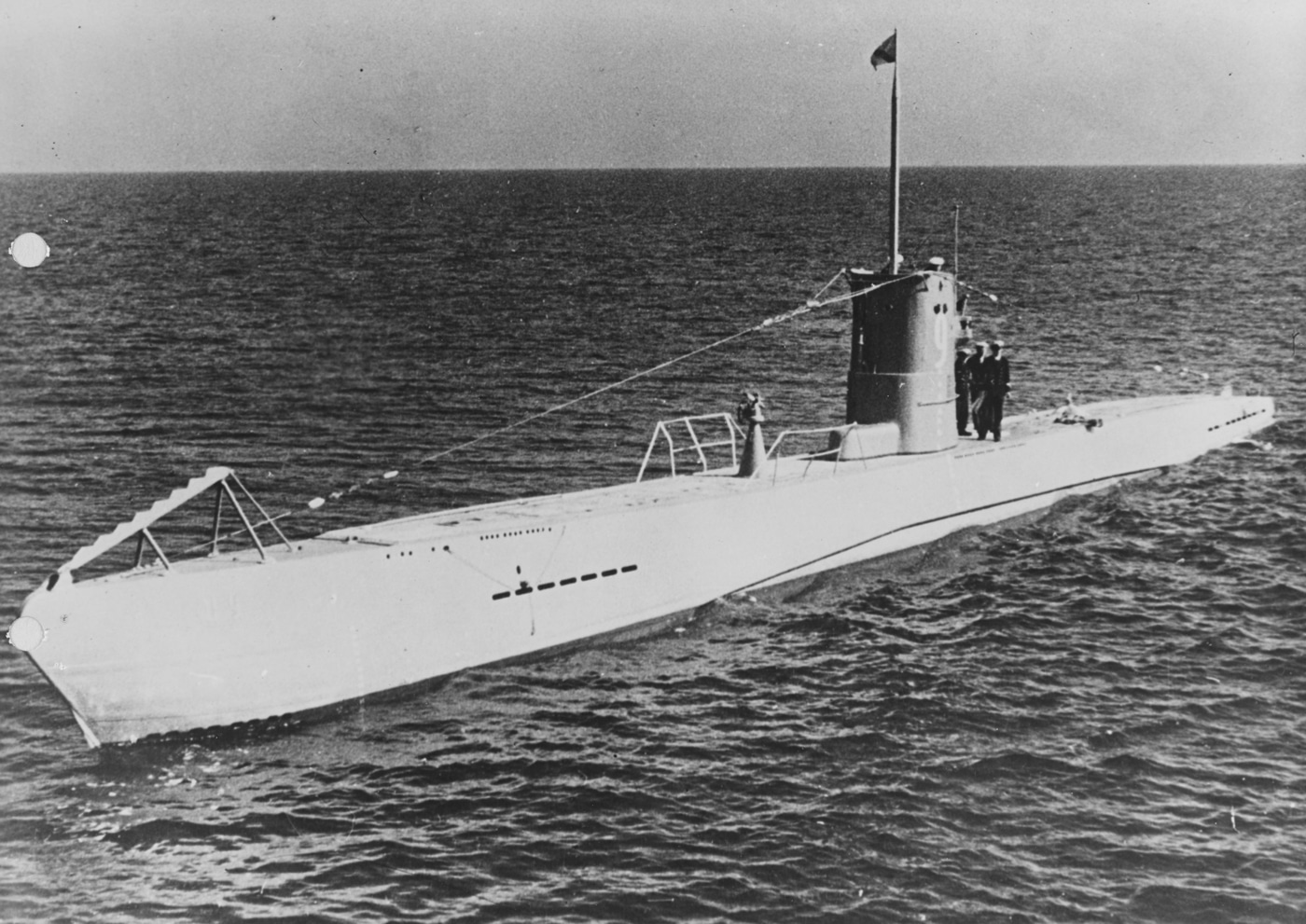
Germany’s “unrestricted submarine warfare,” which was instituted in 1917, was successful in that it sank more than 500,000 tons of shipping a month. Yet, it wasn’t effective enough to cripple the British war effort entirely, and worse, the policy resulted in America entering the war on the Allied side. Had Germany possessed more submarines and begun its submarine warfare efforts earlier, the war could have gone in another direction.
In total, Germany had 373 U-boats in service during the First World War, with 178 lost to enemy action.
The Allied powers saw the threat that the submarines posed, and the post-war 1919 Treaty of Versailles barred Germany from building or possessing any U-boats for the small navy it was allowed to retain. Yet, the dust had hardly settled from the World War I when some German military leaders were already secretly rearming in what became known as the “Black Reichswehr.”
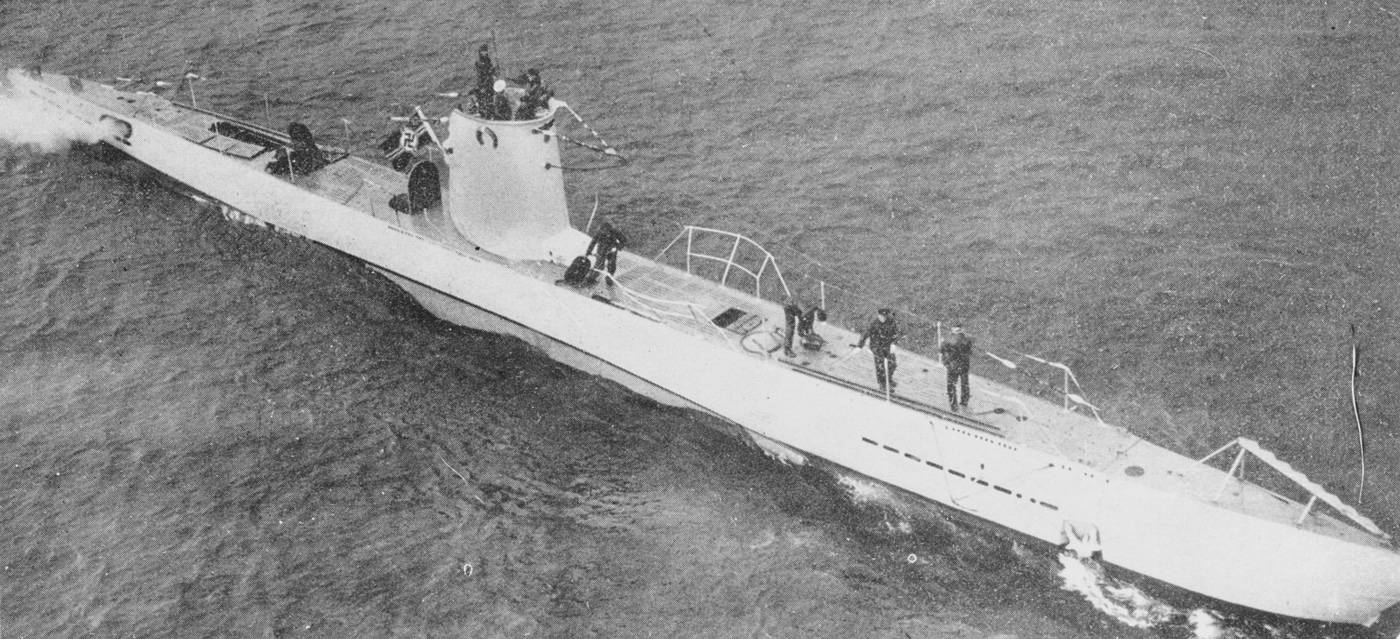
Though the German Navy was a shell of its former self, the vast storehouses of scientific and engineering knowledge that was acquired was retained. Moreover, German submarine crews secretly trained in Russia and Spain, and even before the Nazis came to power in Germany, “anti-submarine warfare” training was allowed. This was expanded in the early 1930s with the establishment of the “Unterseebootsabwehrschule” (UAS), which was officially an anti-submarine warfare school, but it really served as a gathering point for the training of U-boat personnel.
It was at the school that the theory “Tonnageschlacht” evolved, and it called for Germany to defeat the British by sinking more merchant shipping than the island nation could replace, and for long enough to economically strangle her. UAS saw merchant shipping as the real and in essence only worthwhile target, and strategies were devised as to how to sink the greatest number of ships possible with the fewest number of submarines.
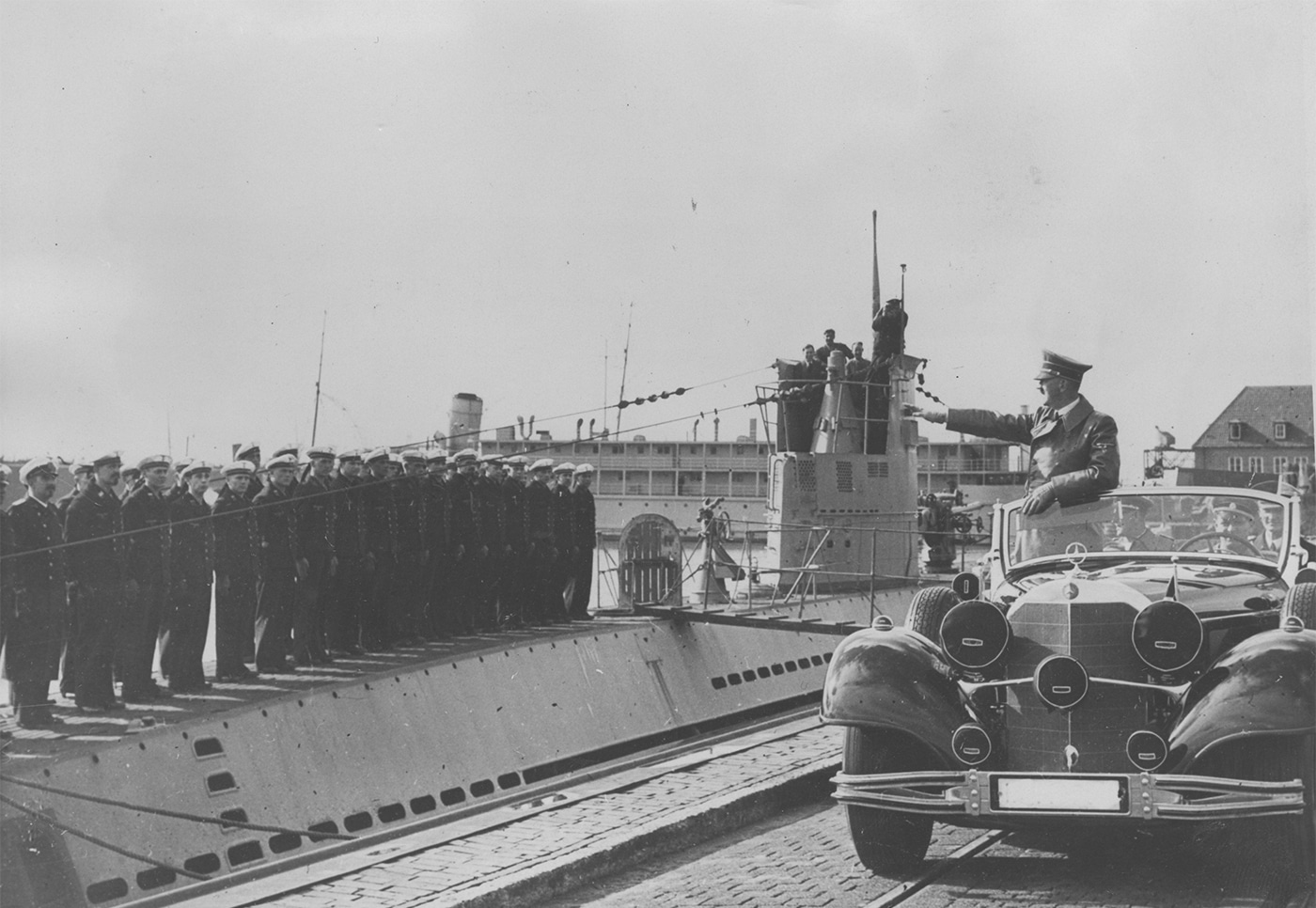
Though Germany had been barred from building military submarines, it was still allowed to research and develop new submarine technology. Thus, when Nazi Germany announced it would no longer abide by the Versailles Treaty restrictions, engineers hit the ground running.
German U-boats literally rose from the ashes of the First World War to become one of the Third Reich’s most effective weapons of the Second World War.
Enter the Type II
Submarines were quickly seen as a necessary component of the German Kriegsmarine, and shipyards across the country swung into action in 1934, with the first new U-boat commissioned on June 29, 1935. Five more subs were built as the initial U class Type IIA, while 20 boats were constructed as the Type IIB, eight IIC subs, and a total of 16 IID boats.
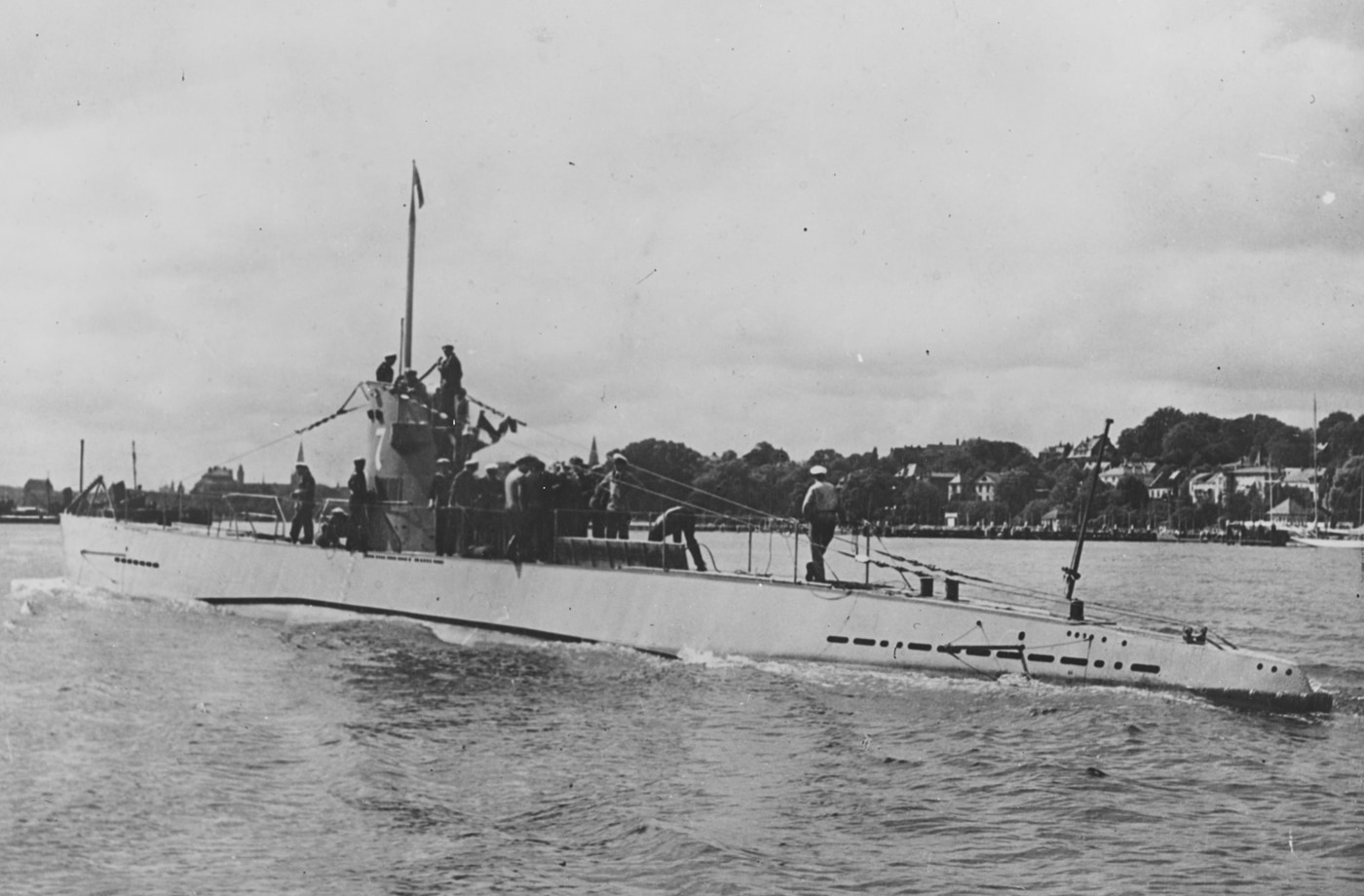
The Type II boats collectively quickly earned the nickname “Dugout Canoes” by their crews, due to their small size and them being notoriously unstable on the surface. With an initial tonnage of 250 long tons, which only increased with the latter models to a maximum of 309 long tons with the IID boats, these early U-boats were adequate for coastal operations and in littoral waters.
In fact, the Type II was seen as having only marginal usefulness in the plans to cripple Allied shipping, and in the early stages of the war, the subs were employed as minelayers. In June 1941, all Type II U-boats were withdrawn from the Atlantic and assigned to the Baltic for use as training boats, and in rare instances against Russian coastal shipping.
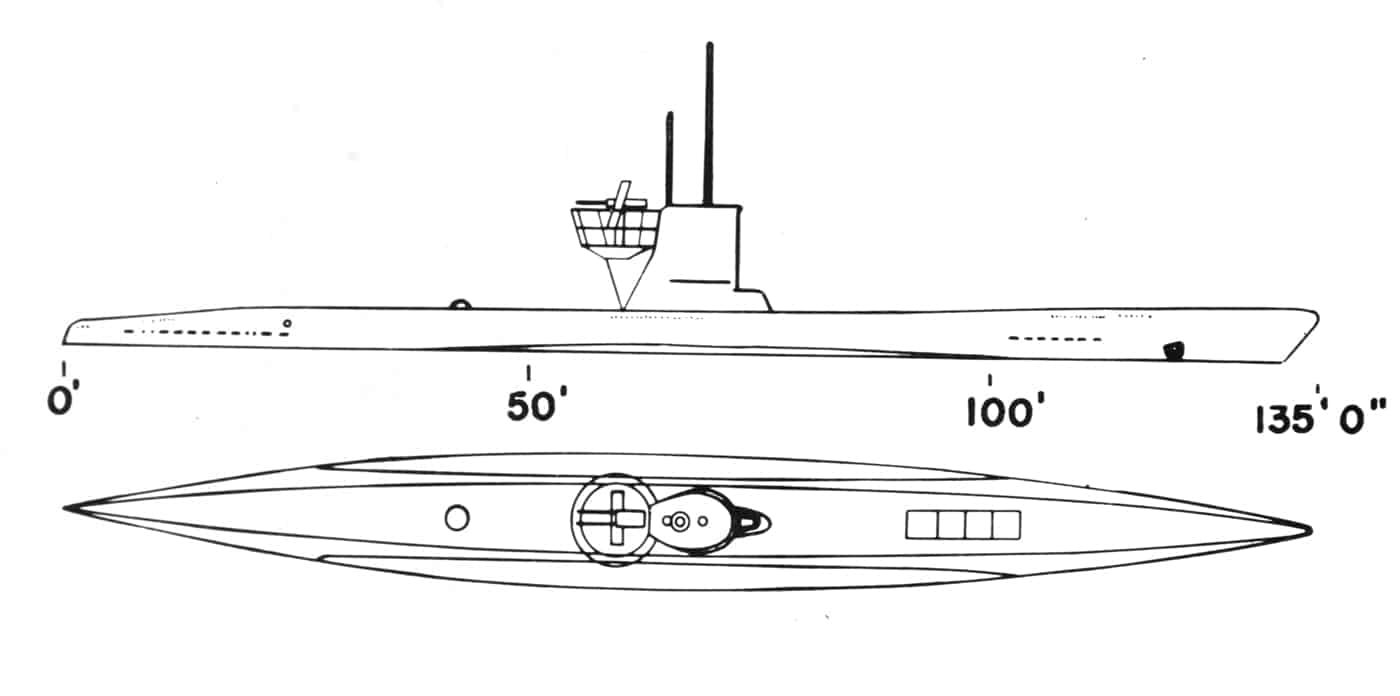
The most successful operational theater was the Black Sea, and the boats proved small enough that a handful were transported by rail to Constantia, Romania, in the summer of 1941 and then employed against the Soviet Red Army’s attempt to resupply Sevastopol. The small flotilla of German submarines continued to operate until late 1944 when Romania changed sides, leaving the German boats without a port to operate from, and the boats were subsequently scuttled. No Type II U-boats survive.
The Type VII
The most iconic of the World War II German U-boats were those of the Type VII, with 703 built by the end of the war. It was produced in three versions, and became the principal enemy of Allied shipping for much of the war, most notably when the U-boats operated in the infamous “Wolfpacks.”
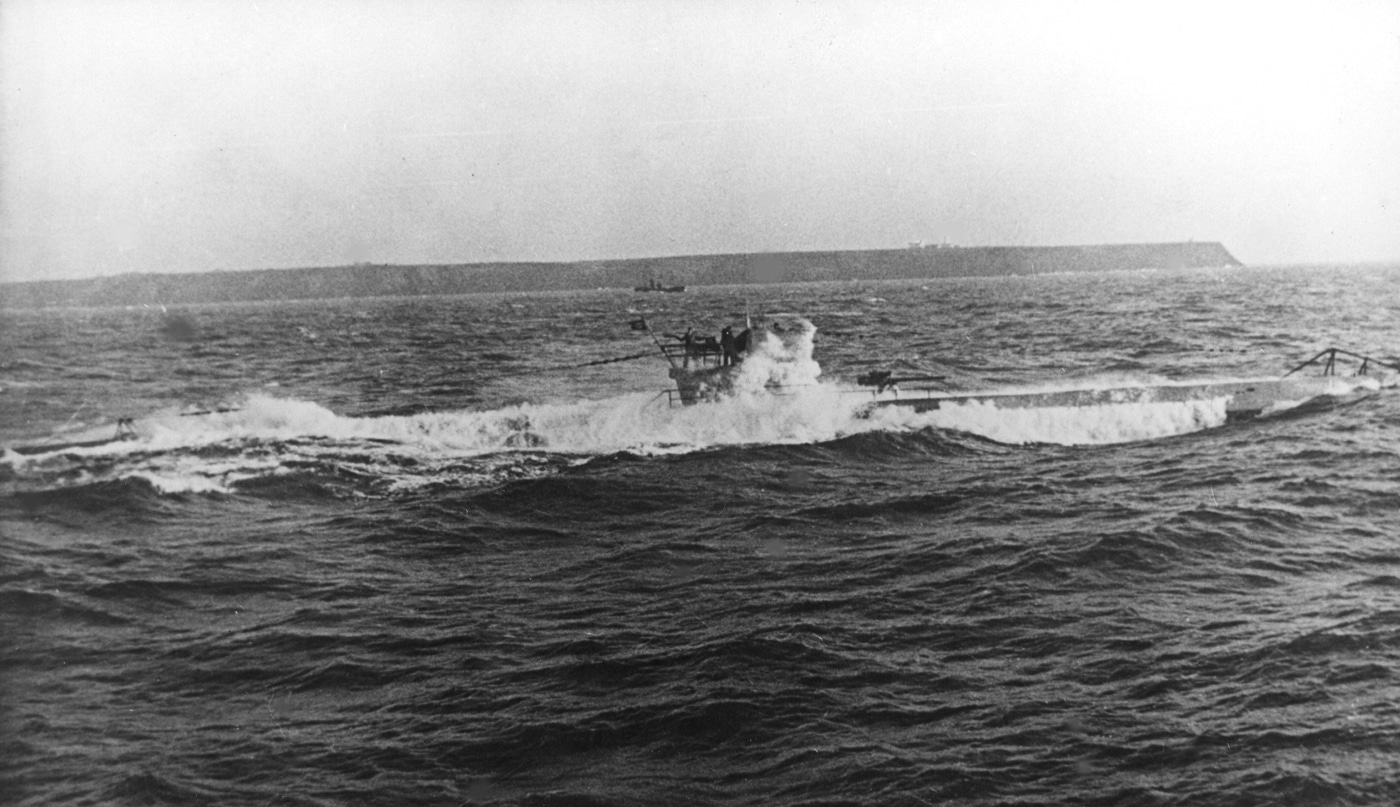
The design of the Type VIIA was derived from the German submarines of the First World War, and then the canceled Type UG, which was developed by a Dutch dummy company in the interwar era as an effort to circumvent the limitations of the Treaty of Versailles. Ingenieurskantoor voor Scheepsbouw den Haag (I.v.S) went on to produce the Finnish Vetehinen-class submarine, based on Germany’s Type UB III and Type UC III — and the design elements served as a prototype for the Type VII.
The first Type VIIA entered service in 1936, while it was subsequently improved with the VIIB seeing minor revisions, including a lengthened hull and more powerful diesel engines that increased the boats’ surface speed. It could carry 11 torpedoes or 22 mines, while it was also armed with an effective 8.8cm/3.46-inch deck gun.
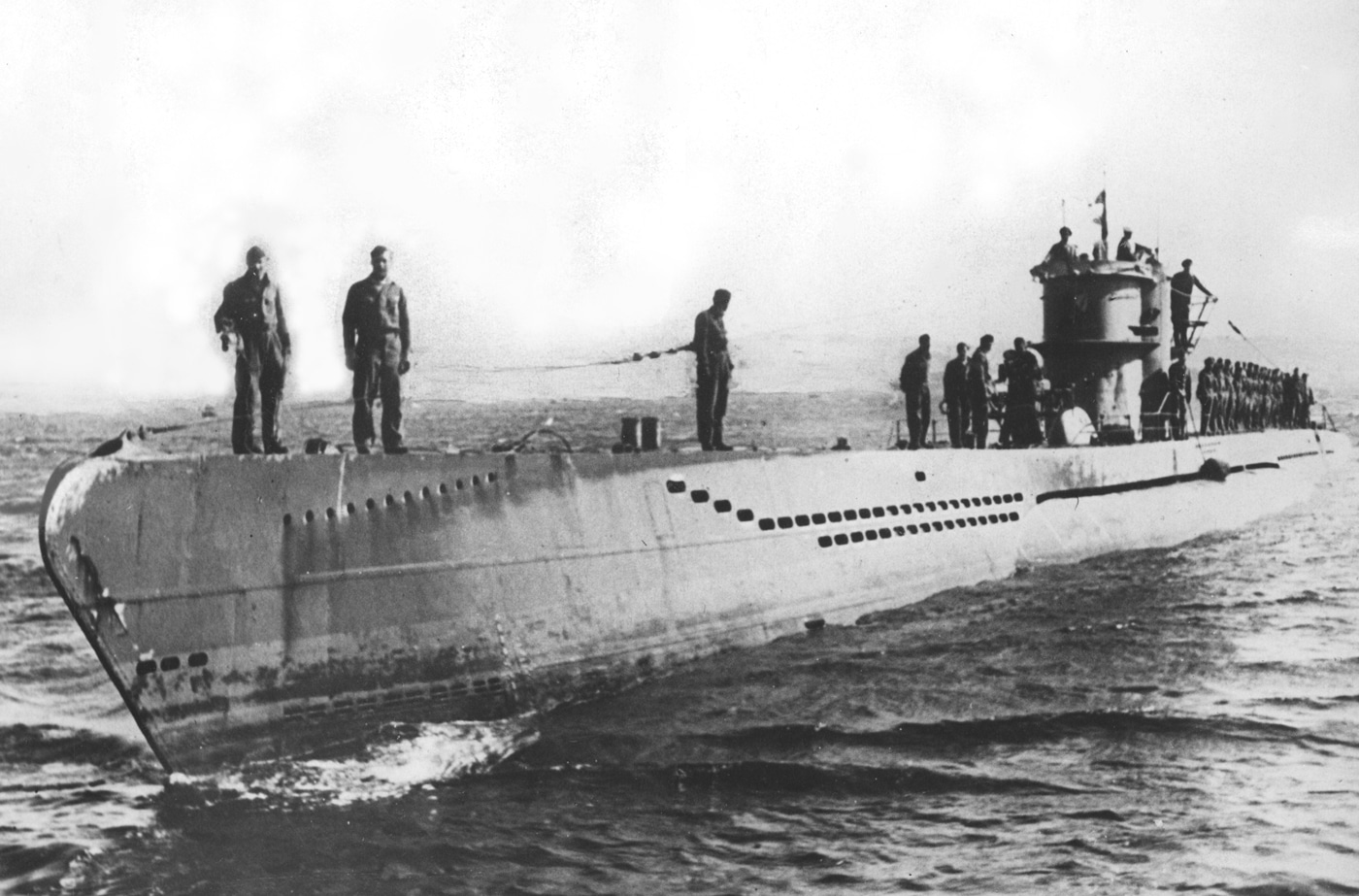
The design was further refined, resulting in the Type VIIC, which became one of the greatest assets of the German Kriegsmarine. A total of 600 of this sub-class were built, beginning with the U-69, making it the most-produced submarine in history.
Though the Type VII was becoming obsolete by the end of the war, additional improvements were made resulting in the Type VIID, which further lengthened the boats, adding room for additional mines and fuel, which increased the range of the submarines but reduced their speed.
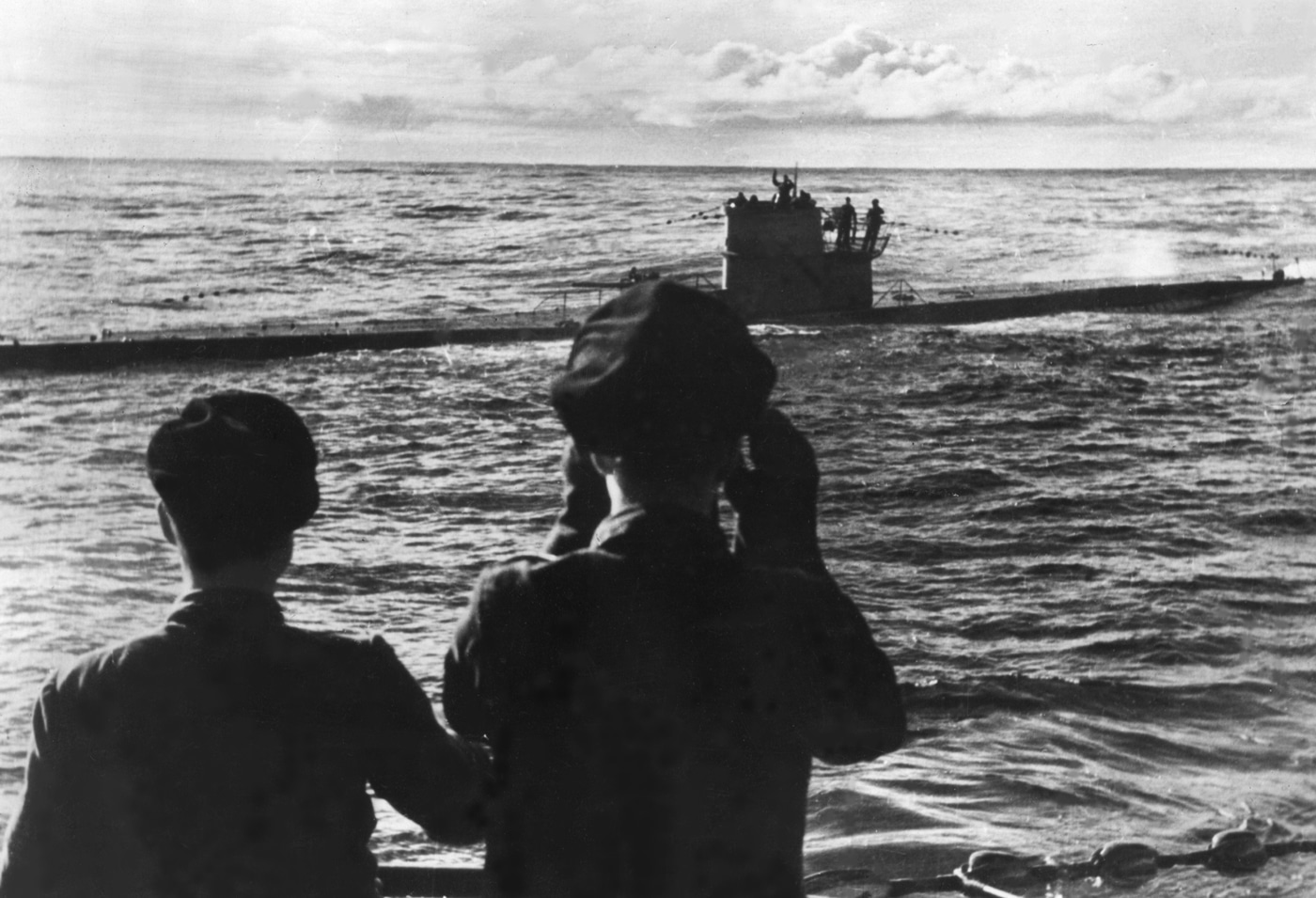
In addition, a number of the final batch of the VIICs were outfitted with a snorkel to allow them to operate with the diesel engines to recharge the batteries while submerged just below the surface.
Though the submarines’ range was limited to 10,461 km (6,500 miles), the collapse of France in June 1940 provided Germany with access to Atlantic ports.
A total of a dozen U-boat flotillas were based in Brest, La Rochelle, La Pallice, St. Nazaire, Lorient, and Bordeaux, providing Germany with access to British waters and the open Atlantic.
The Famous German Submarine U-96
The story of one Type VIIC submarine, U-96, served as the basis for the film Das Boot — and the material for the movie came from Lothar-Günther Buchheim’s 1973 German novel based on his experiences aboard the boat during the war as it set out on a patrol in the Battle of the Atlantic. The war correspondent and artist was assigned to the submarine and, during the deployment, he took more than 5,000 photos that survived the war.
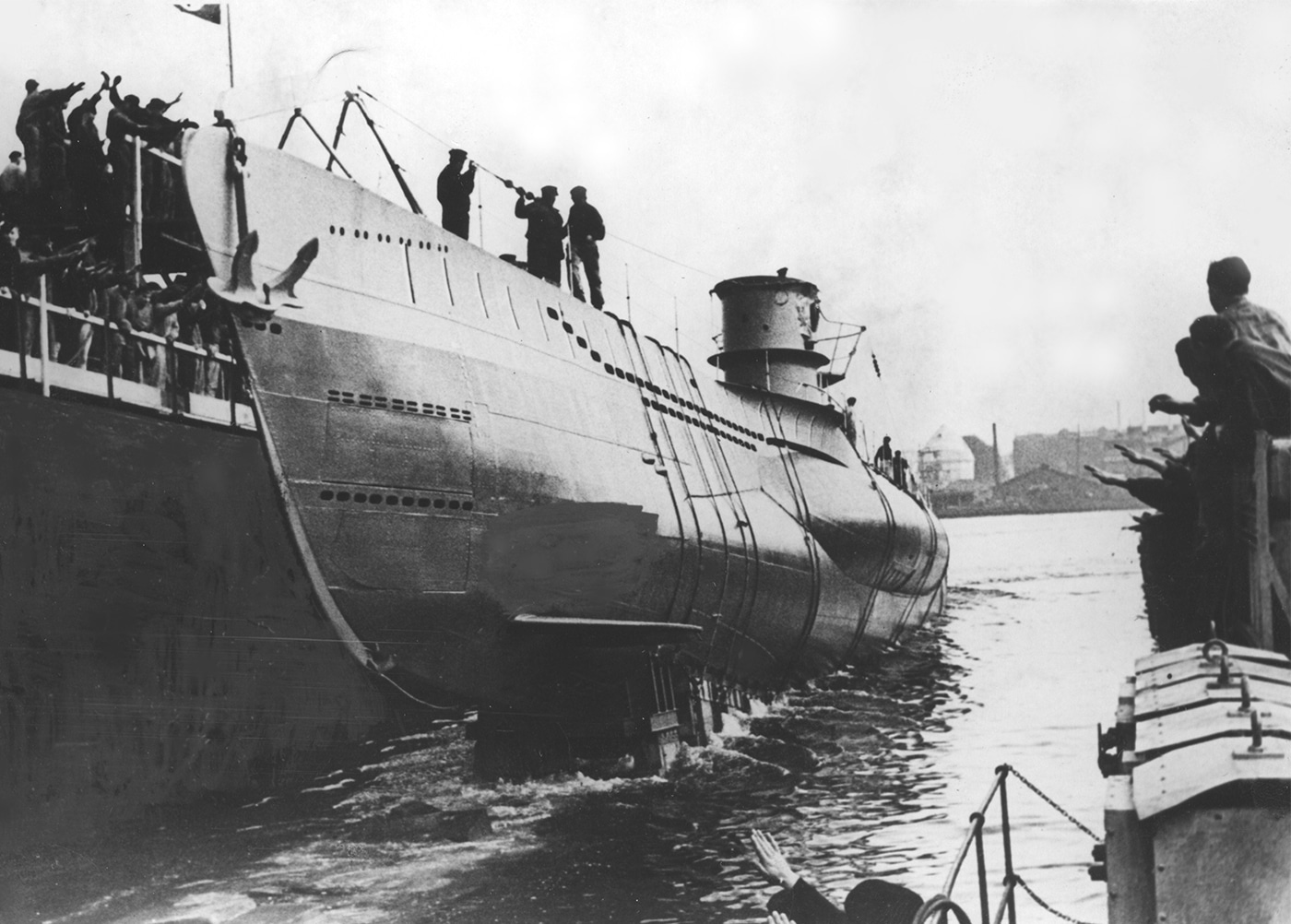
While film’s ending is incorrect (SPOILER) as it was sunk by American bombers in Wilhelmshaven, the film has been noted for its accuracy. It highlighted the tedium the crew endured along with the excitement and terror of battle.
Two full-size mock-ups were built for the production; one that served as the submarine while surfaced for exterior scenes, and a cylindrical tube positioned on a motion mount for the interior scenes. Both of the mock-ups were built from captured plans now in the collection of the Chicago Museum.
The exterior mockup can also be seen as the German U-boat for the film Raiders of the Lost Ark.
The U-IX
Though the U-VII U-boats were built in the largest number, another development in submarine technology emerged with the development of the Type IX, an ocean-going submarine that had a range of 19,312 km (12,000 miles) — making it able to reach American waters. In addition, the U-IX boats could carry 23 torpedoes.
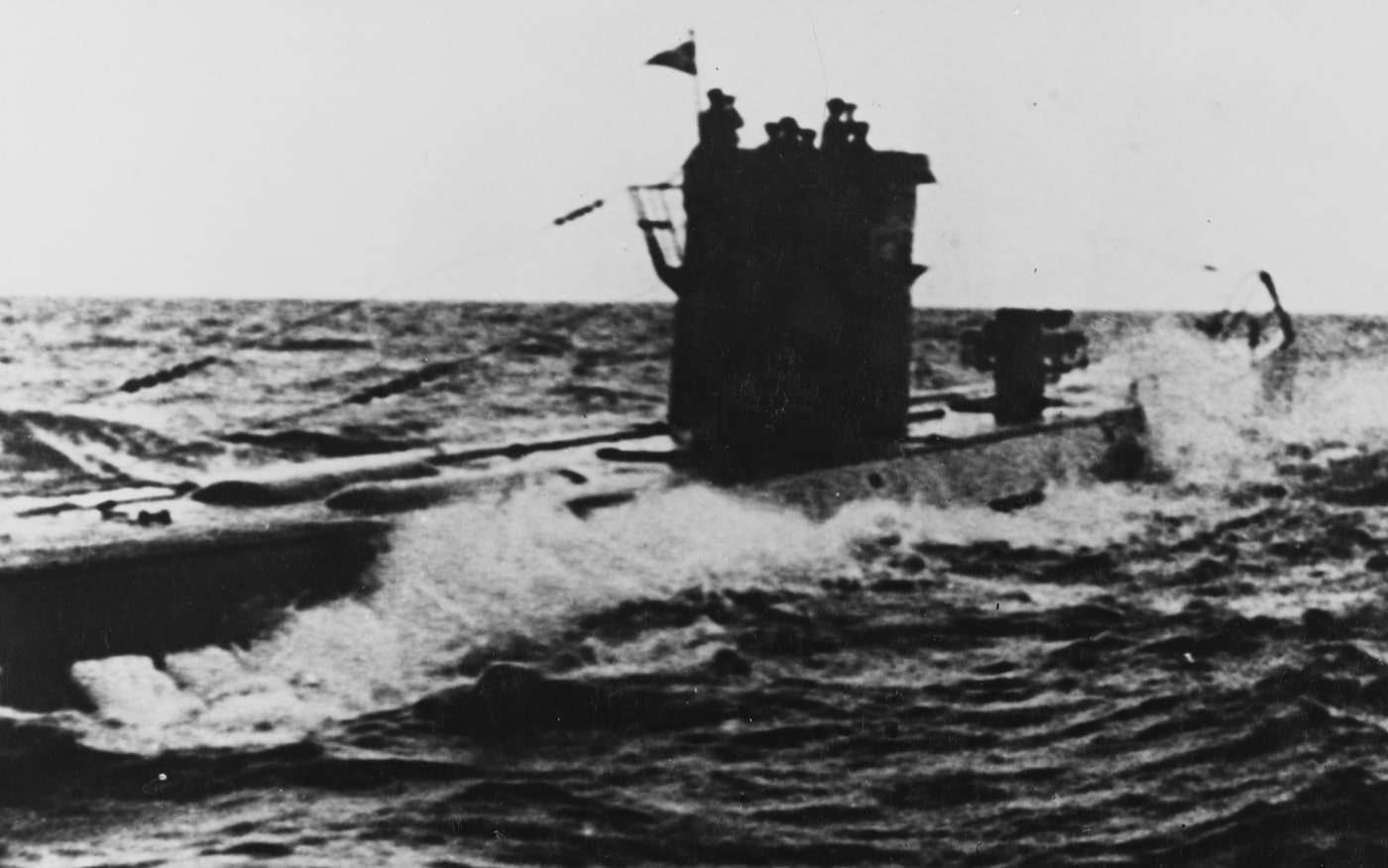
Its upgraded IXB models went on to become the most successful U-boats built during the war, accounting for more than 100,000 tons of shipping sunk. Total losses attributed to the boats were 282 ships, displaying 1,526,510 tons.
It was in early 1942 — weeks after America entered into the war — during Operation Drumbeat that five of the IXB boats sank nine ships in raids along the East Coast of the United States. Those submarines were supplied with fuel by a specially modified submarine tanker near Bermuda.
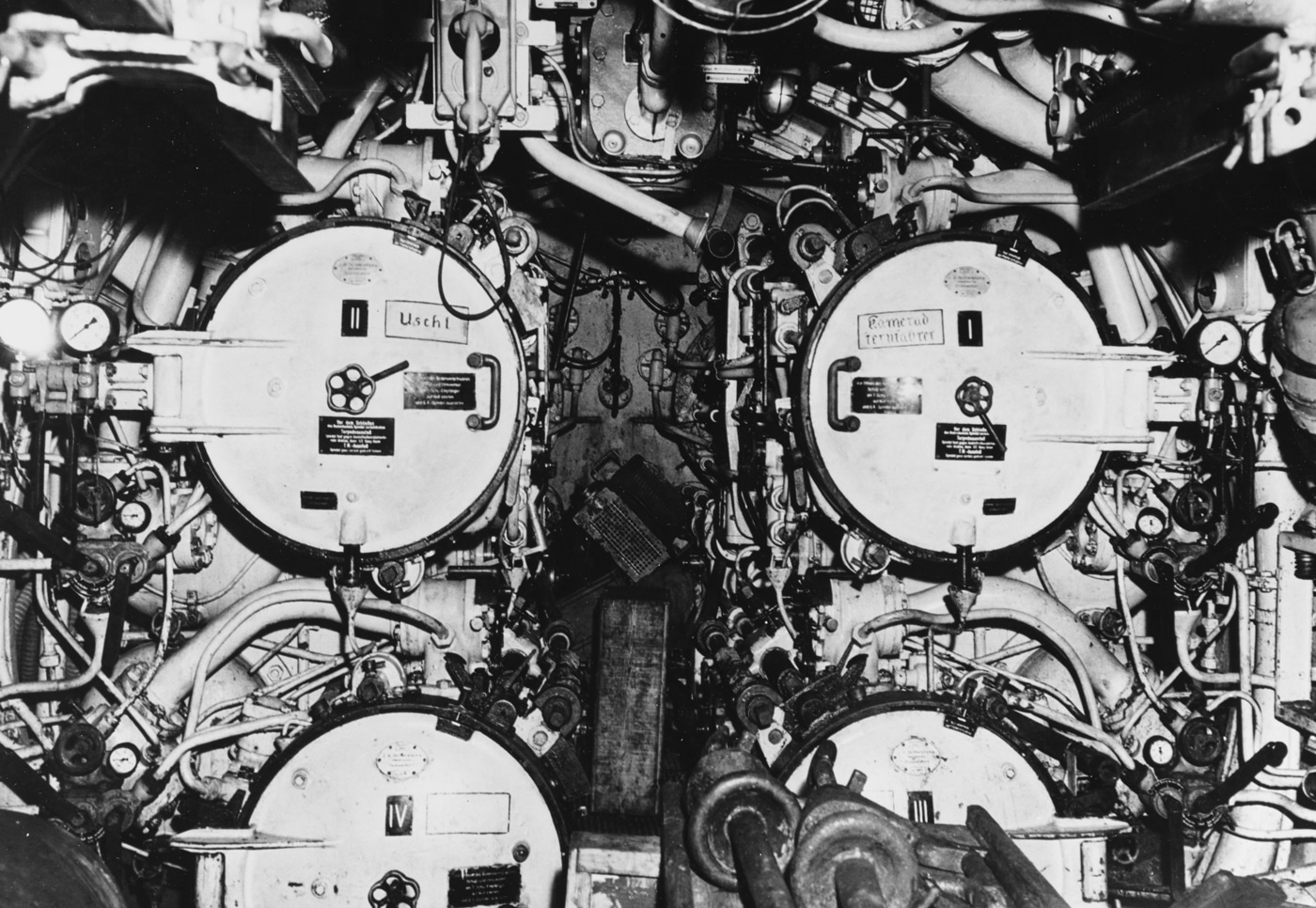
The U-505 in the Griffin Museum of Science and Industry is now the only surviving U-IXC U-boat — the final variant of the U-IX class.
According to the museum, “On June 4, 1944, a German submarine was prowling the waters off the West African coast for American and Allied ships. Part of a U-boat fleet terrorizing the Atlantic, this submarine was known as U-505. But on this day, the U-505 had just become the hunted.”
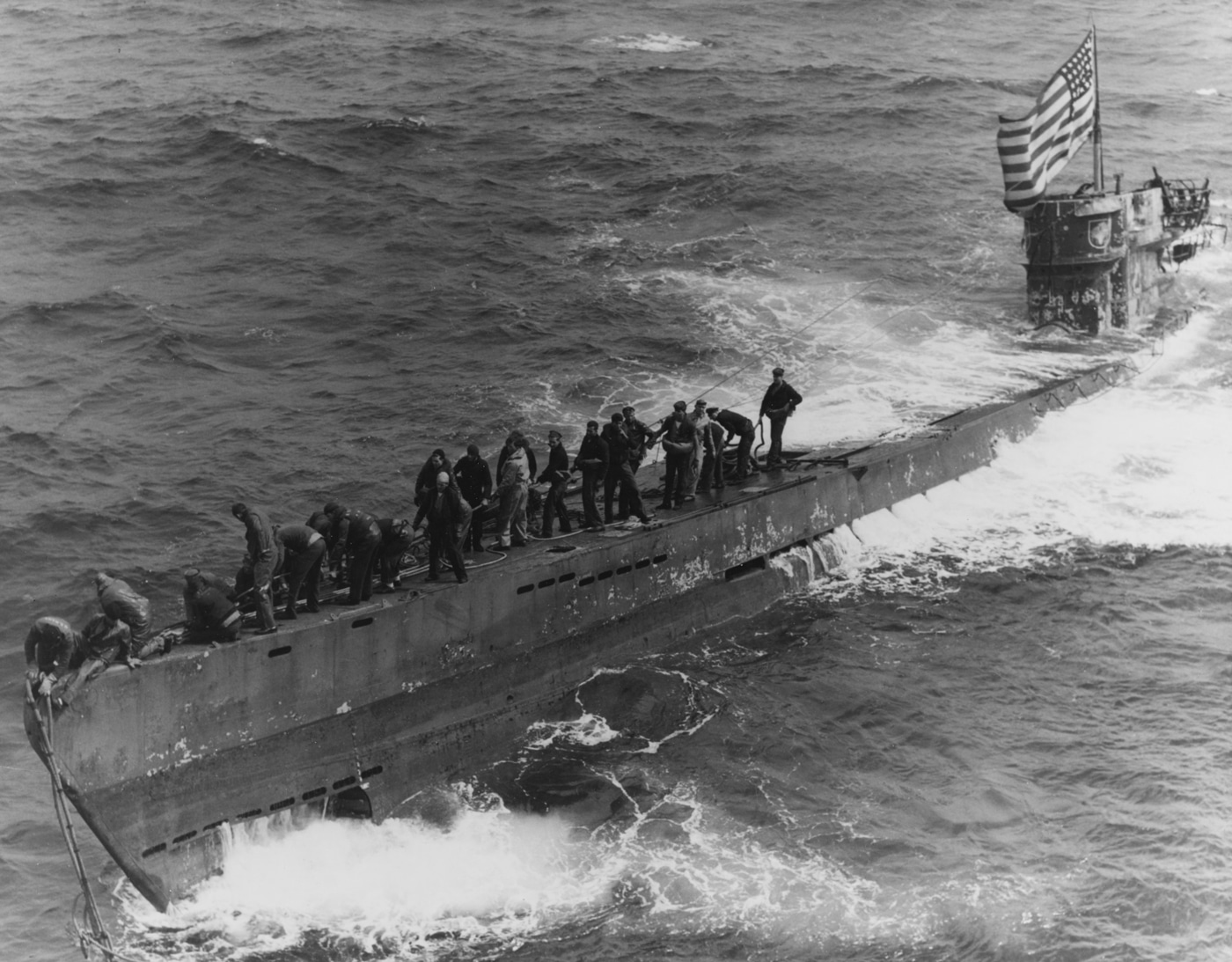
Its capture was so noteworthy that it was towed to Bermuda in secret, to prevent Germany from learning one of its most advanced U-boats had been captured, while its crew was isolated from other German prisoners-of-war (POWs) until the end of hostilities.
The German submarine U-505 was donated to the museum in 1954. While it had been originally displayed outside of the museum, in 2004, it was moved to a new specially-built climate-controlled facility. It was further restored to its original condition in 2019.
End of the Happy Times
The “happy times” as they were known among the crews during the early years of the war didn’t last past the summer of 1943, when Allied efforts to counter the submarines greatly increased. Though the Tonnageschlacht strategy called for merchant shipping to be sunk faster than it could be replaced, it turned out that the Germans began to lose the submarines at a rate that couldn’t be maintained. Even as production reached almost impossible levels, it failed to keep pace with the losses.
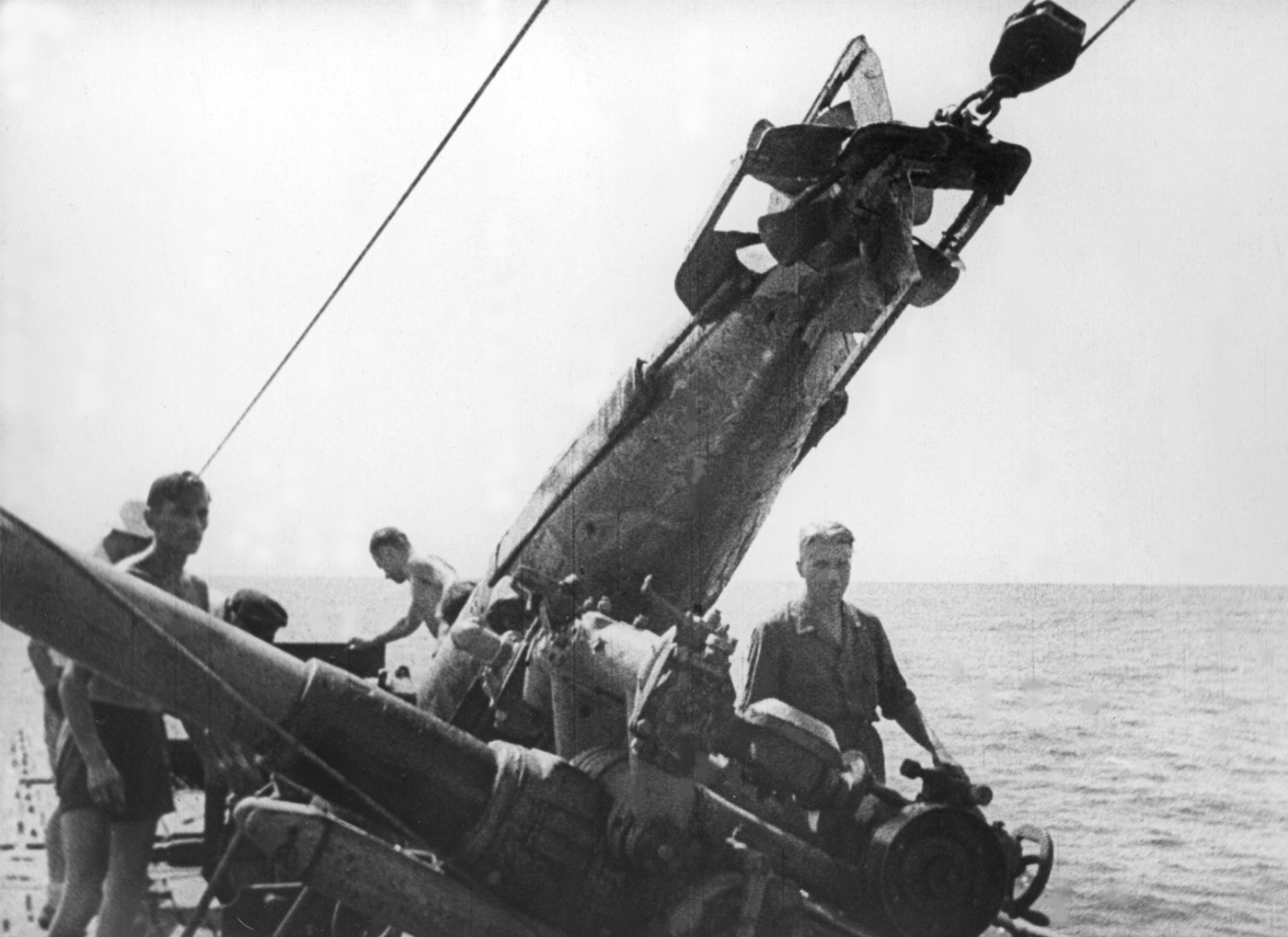
The use of convoys that included surface ships, Allied submarines to counter the German U-boats, and notably increasingly sophisticated aircraft employed to track the subs, turned the tables in the Allies’ favor.
In May 1943, a Wolf-Pack of 12 U-boats attacked a convoy only to lose three-quarters of their number. That led to the realization among the submariners that the days of quick victories against convoys were a thing of the past. That was made worse for the Kriegsmarine as the Allies regularly and quite often successfully bombed the U-boat pens and shipyards — further crippling the submarine fleet, and reducing their numbers.
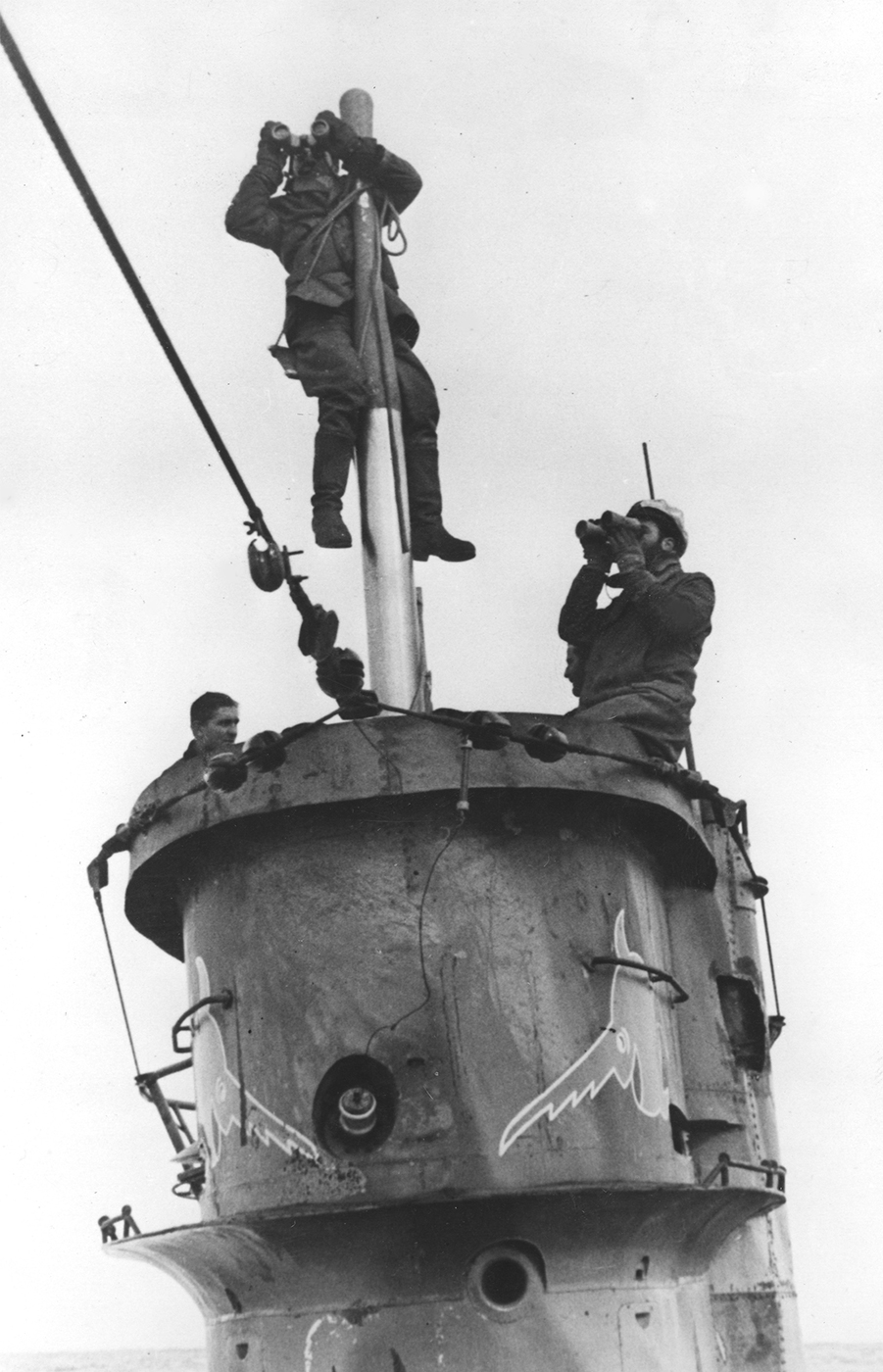
Perhaps had Germany built more submarines instead of surface warships, notably its massive battleships like the Bismarck and Tirpitz, not to mention the wasted effort that was the Graf Zeppelin, perhaps the war would have gone differently. Thankfully, the Germans didn’t build more U-boats while the Allies managed to come up with the tactics necessary to counter the underwater menace.
Editor’s Note: Please be sure to check out The Armory Life Forum, where you can comment about our daily articles, as well as just talk guns and gear. Click the “Go To Forum Thread” link below to jump in and discuss this article and much more!
Join the Discussion
Continue Reading
Did you enjoy this article?

 73
73






